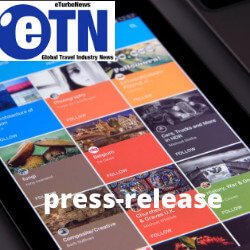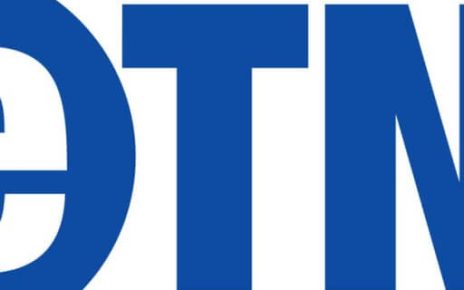The P3 Group Inc is the nation’s largest African American owned public private partnership developer.”
The CEO and President Dee Brown, explains:
MEMPHIS, TN, UNITED STATES, January 30, 2021 /EINPresswire.com/ — Originally Published at Forbes.com
While 2020 was a year of unprecedented challenges, it was also a year that presented many new opportunities. This has been especially true among those of us developers and architects who are part of robust public-private partnership (P3) collaboratives.
The vast majority of P3s use an integrated project delivery (IPD) method. Delivering public facilities and infrastructure using an IPD method allows the integration of processes, practices and systems in a collaborative approach that captures the collective intelligence of all stakeholders. P3s that use an IPD method tend to result in the best value to the public sector by maximizing overall productivity through the reduction of delivery time and waste.
The current pandemic is forcing design teams to think outside the box to deliver projects in an accelerated time frame. Using an IPD method in conjunction with powerful online collaborative platforms enables design firms to execute unique concepts that must adhere to rigorous budgetary constraints and timelines. Design firms that are part of P3s are also finding it necessary to hire staff members who are determined and nimble, possess an acute technical vocabulary, have excellent listening skills and are highly collaborative.
The value of an IPD method in P3 projects is that it allows facilities to be designed and delivered in record time. A design-build-finance collaborative can have a project under construction in less than 90 days when the team can deliver a guaranteed maximum price, construction documents and financing virtually simultaneously. Rapid project delivery is paramount during a pandemic because access to essential services such as healthcare is critically important. The current pandemic has forced design and construction firms to operate outside of their comfort zones and trust their teams’ ability to create highly collaborative designs during these very challenging times.
Meanwhile, now more than ever before, agencies realize that new facilities must be responsive to the challenges and needs of the community during a pandemic. P3 collaboratives have the unique ability to assist public agencies in addressing weaknesses in public infrastructure that were made painfully obvious over the last year. Government agencies should look at developing community-based facilities, such as health and wellness centers, that can contribute to the public’s long-term health and safety.
Health and wellness centers can be crafted specifically to help combat risk factors in the community and region. These facilities can provide a place for the community to engage in health and wellness activities and receive education on nutrition and other related programs. These facilities can be designed to be converted into medical space that can support temporary hospital beds and can also integrate drive-through infectious disease testing facilities with associated laboratories. The additional hospital bed capacity may be critical for the communities when more capacity is needed to save lives or to address routine healthcare needs during a pandemic.
For instance, my firm is involved with two Arkansas projects. A health unit was designed to respond to the current pandemic, featuring elements like a drive-through test site and laboratory, HVAC and mechanical systems meant to prevent airborne disease transmission, and a courtyard where staff could find fresh air and respite. The coroner’s office was designed to feature a decontamination unit that provides an area for the coroner and staff to decontaminate after encountering a deceased individual who may have had an infectious disease. The morgue also has washable walls and floors to allow for easy decontamination. These are all essential elements of designing these types of facilities in response to the Covid-19 pandemic.
The current pandemic has forced P3 collaborative teams to be forward-thinking in their approach to designing public facilities. The integration of design, construction, financing, people, processes and systems is leading to designs that are more robust and can be delivered quickly and efficiently. The pandemic has also increased the efficiency of holding design charrettes, which are now hosted remotely via Zoom, Teams and other similar platforms. Having all stakeholders at the table from the beginning of the process creates outcomes that can only be achieved through collective intelligence.
___
Post your own press release or make this content available free of charge click here




